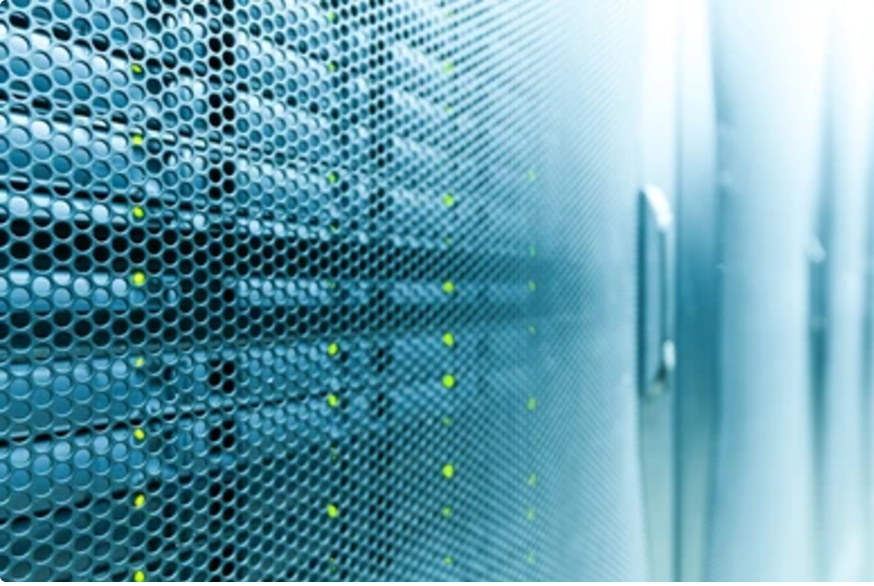Ground station services with high security end-to-end communications and data handling
Our specialized security solutions are designed for clients with mission-critical security requirements that demand the highest standards in data protection, reliable communication channels, and secure data sharing. These services cater to organizations involved in data-intensive satellite communications, and high-stakes industries that require airtight security for sensitive data and operational continuity.
End-to-end secure communications:
Utilizing military-grade encryption protocols for data in transit and at rest, ensuring all data shared via satellite and terrestrial links and customer remains confidential and protected.
Certificate-based and credential-driven authentication ensures only authorized users can access specific data and applications. Support for high-bandwidth, low-latency communications required by satellite uplinks/downlinks, with guaranteed service levels to meet the demands of continuous, high-volume data flow.
Data hosting and payload processing:
Secure infrastructure for hosting and managing store and forward encrypted satellite payload data as soon as it is received, including capabilities for rapid data ingestion, storage, and also processing in a secure environment, when the data can be opened and processed onsite.
Redundant, geographically and geopolitically optimal data center ensure uptime, resiliency, and compliance with strict data sovereignty requirements, while also meeting the demands for scalability and performance in real time.
When allowed by high security requirements, there are also options for customer dedicated or hybrid cloud solutions that provide additional layers of security and flexibility to meet specific client requirements, including highly secure on-premises storage as needed.
Advanced access controls and monitoring:
Comprehensive access control mechanisms using role-based access controls (RBAC), and stringent identity verification methods to safeguard entry points and prevent unauthorized access.
Continuous monitoring and real-time threat intelligence enable proactive detection of anomalies or potential breaches, with immediate response protocols to mitigate risks.
Detailed audit logs and reporting provide visibility into all interactions with hosted data, enabling transparency, accountability, and regulatory compliance.
Secure data sharing and distribution:
Facilitates secure and selective sharing of payload data with designated parties using robust certificate-based security protocols, allowing precise control over data access permissions.
Encrypted transmission channels and secure communication tunnels ensure that sensitive information remains safeguarded from unauthorized interception or tampering.
Integration with existing systems and workflows for efficient data sharing, and options for real-time data distribution in scenarios where speed and security are paramount.
Compliance and regulatory adherence:
Compliant with industry standards and certifications, including regulatory requirements for handling sensitive data in high-security environments.
Tailored solutions to meet specific regulatory or compliance needs, such as those found in space, defense, and critical infrastructure sectors.
Scalable and future-ready architecture:
Built with flexibility and scalability to adapt to evolving data needs, supporting future expansions in satellite bandwidth, data throughput, and storage without compromising security.
Compatibility with advanced data analytics, supporting applications that require high-bandwidth, high-security environments to provide actionable insights from large data sets.

Service benefits
Reliable security assurance: Protects against unauthorized access, data leaks, and cyber threats in environments with stringent security needs.
Optimal performance: High bandwidth and low-latency communication enable fast data processing and distribution, supporting mission-critical operations.
Compliance and transparency: Detailed audit trails and rigorous adherence to standards provide peace of mind and regulatory alignment.
Scalable design: Service setup can scale in line with business needs, ensuring longevity and adaptability in an evolving technological landscape. Our secure services are crafted to provide an uncompromising standard of data security, availability, and performance, making them ideal for organizations where both the confidentiality and reliability of communications are paramount.







